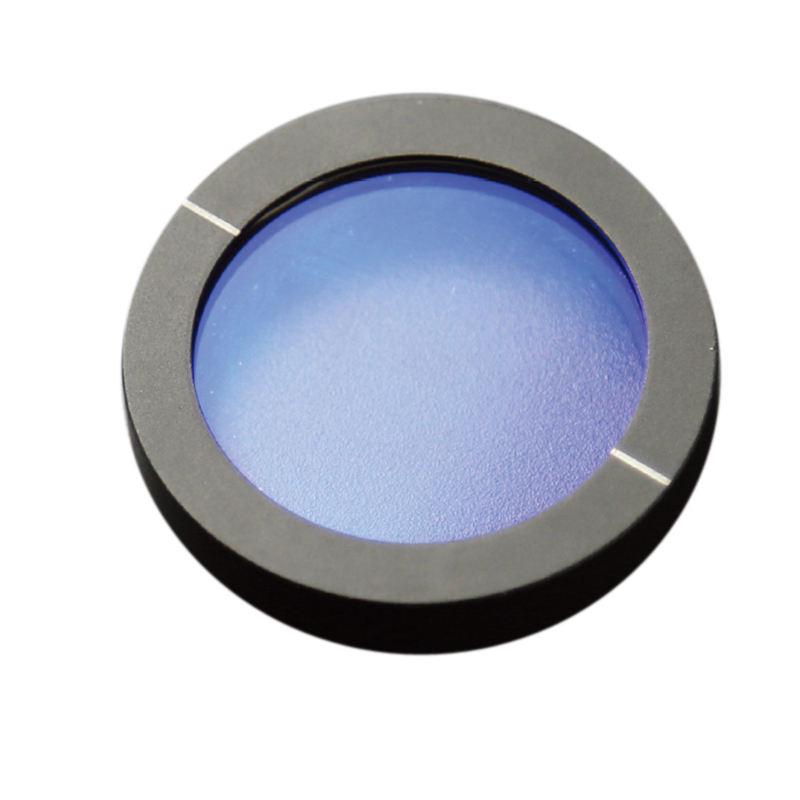About True Zero-Order Wave Plates
A true zero-order wave plate is a precision optical component designed to alter the polarization state of light by introducing a specific phase retardation between orthogonal polarization components. Unlike multi-order wave plates, which rely on thicker designs and are susceptible to wavelength and temperature variations, true zero-order wave plates are extremely thin, providing superior performance under a wide range of operating conditions. Their unique properties make them ideal for high-precision applications in fields such as telecommunications, laser systems, and scientific research.

Key Advantages of True Zero-Order Wave Plates
A notable feature of true zero-order wave plates is their extremely thin thickness, which directly contributes to their superior performance. This thin design ensures consistent retardation across various wavelengths, temperatures, and angles of incidence. Advantages include:
1. Wide Temperature Bandwidth: True zero-order wave plates exhibit stable performance over a wide temperature range, making them suitable for environments subject to temperature fluctuations.
2. Wide Wavelength Bandwidth: Their design achieves consistent retardation across a wide wavelength range, ensuring compatibility with a wide range of light sources and applications.
3. High Precision: The thin construction minimizes errors caused by wavelength dispersion or thermal expansion, making these wave plates ideal for precision-critical tasks.
4. Wide Incident Angle Tolerance: True zero-order wave plates maintain their performance even at wide incident angles, providing flexibility in optical system design.
Types of True Zero-Order Wave Plates
There are two main types of true zero-order wave plates: cemented wave plates and monolithic wave plates. Each type offers unique properties tailored to specific applications.
Cemented True Zero-Order Wave Plates
These wave plates are constructed from two birefringent crystal plates bonded together with optical glue. The bonding process ensures durability while maintaining high optical performance. Key features include:
Excellent Temperature Bandwidth: Stable retardation performance across varying temperatures.
Wide Wavelength Bandwidth: Suitable for applications requiring multi-wavelength operation.
Moderate Damage Threshold: While not as robust as monolithic designs, they can still withstand moderate laser powers.
Excellent Retardation Performance: Precise phase retardation ensures reliable polarization control in high-precision applications.
Monolithic True Zero-Order Wave Plates
These wave plates are composed of a single birefringent crystal, offering exceptional robustness and optical clarity. Key features include:
High damage threshold: They can withstand higher laser powers, making them ideal for demanding applications such as high-power laser systems.
Excellent temperature bandwidth: They offer reliable performance under varying thermal conditions.
Wide wavelength bandwidth: They are suitable for applications requiring consistent delay performance across a wide wavelength range.
Limited wavelength availability: They are typically available only at specific wavelengths (e.g., 1310nm and 1550nm) and are commonly used in telecommunications and fiber optics.
Applications
True zero-order wave plates are essential in applications requiring precise polarization control. Their wide temperature and wavelength bandwidth make them ideal for optical communication systems, laser instrumentation, microscopy, and spectroscopy. Furthermore, their ability to handle large angles of incidence allows them to be integrated into complex optical setups without compromising performance.
Conclusion
True zero-order wave plates represent the pinnacle of optical wave plate technology, offering unparalleled precision and reliability under a wide range of conditions. Whether cemented or monolithic waveplate designs, these components are essential for high-precision applications requiring stable retardation performance across varying wavelengths, temperatures, and angles of incidence. As advances in optical systems continue to drive increasing precision, true zero-order waveplates remain a key tool for researchers and engineers.
